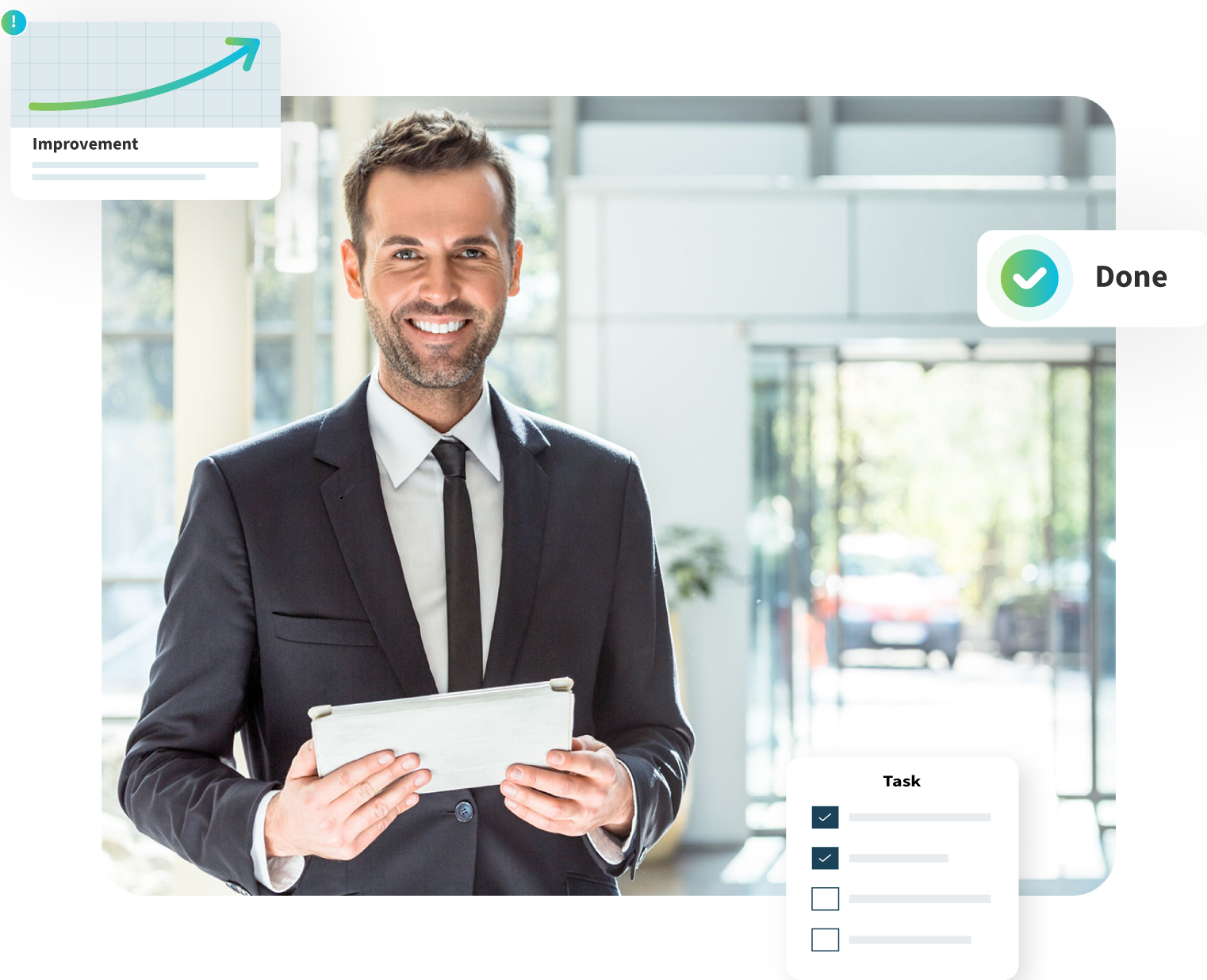Do your labor budgets adapt as fast as your occupancy forecasts, or do you find yourself recalculating mid-month to stay in control? When market shifts hit, can you trust your numbers enough to stand by them in the boardroom?
For CFOs in the hospitality industry, labor planning is one of the most decisive levers for profitability. It is the largest controllable expense and the most sensitive to changes in demand. The question is not whether you need precision; it is whether you have the right tool to deliver it consistently.
Why Labor Planning Still Leaves Profit on the Table
Even the most skilled finance leaders can lose margin through gaps in labor planning. That often happens because traditional budgeting tools are slow to adapt. Occupancy jumps for a last-minute event, or dips unexpectedly, yet schedules and cost allocations remain locked to outdated forecasts.
A budgeting software designed for hotel operations can change this equation. With built-in scenario planning, CFOs can model the impact of shifts in occupancy, ADR, or wage rates in minutes, not days. Instead of reacting after the numbers are already off target, you get to shape the outcome before it happens.
From Fragmented Systems to a Single Source of Truth
Most hotels still manage labor data in silos: payroll in one platform, compliance in another, productivity in spreadsheets, and forecasts in yet another system. The result is that decisions are made without a complete picture.
An integrated labor budgeting tool brings all of these elements into one environment, forecasts, productivity standards, compliance rules, and actual hours worked, so resource planning becomes proactive, not reactive. This means a CFO overseeing multiple hotel brands can see exactly where labor costs align with service standards, and where adjustments will protect margins without damaging customer service.
Compliance That Protects the Bottom Line
Compliance issues are not just operational headaches; they can be costly liabilities. A budgeting process that automatically applies jurisdiction-specific labor rules ensures every schedule and forecast is both legal and profitable.
Unifocus’s labor budgeting system embeds these rules directly into its forecasting process, making compliance part of strategic planning, not an afterthought. That is the difference between hoping you are covered and knowing you are.
Turning Variances Into Predictable Performance
Variance reports are important, but the goal is to reduce those variances month after month. With the right budgeting tools, CFOs can compare planned versus actual labor spend in real time, down to the shift and department level.
This data enables quick reallocations,
- Adding hours to maintain standards in housekeeping when occupancy rises unexpectedly
- Trimming costs in lower-demand periods without sacrificing the guest experience
It is resource planning that keeps hotel operations agile.
Scenario Planning for Real-World Disruptions
Unforeseen events such as weather disruptions, sudden cancellations, or citywide conferences can throw demand forecasts off balance. With an advanced demand planning process, you can prepare multiple labor strategies in advance. When the change comes, you are not starting from scratch; you are activating a plan that is already optimized for profitability.
The CFO’s Strategic Edge
Precision labor planning does more than control costs. It builds stakeholder confidence, strengthens operational stability, and ensures the financial health of every property in your portfolio.
The right budgeting software does not just crunch numbers; it gives you the ability to lead with foresight, adapt without disruption, and align your largest expense with the outcomes that matter most: profitability, guest satisfaction, and investor trust.
Download our Labor Budgeting Guide to get detailed insights on how to align labor spend with demand, improve forecast accuracy, and protect your margins in every market condition.
To know more, click here.


.jpg)



